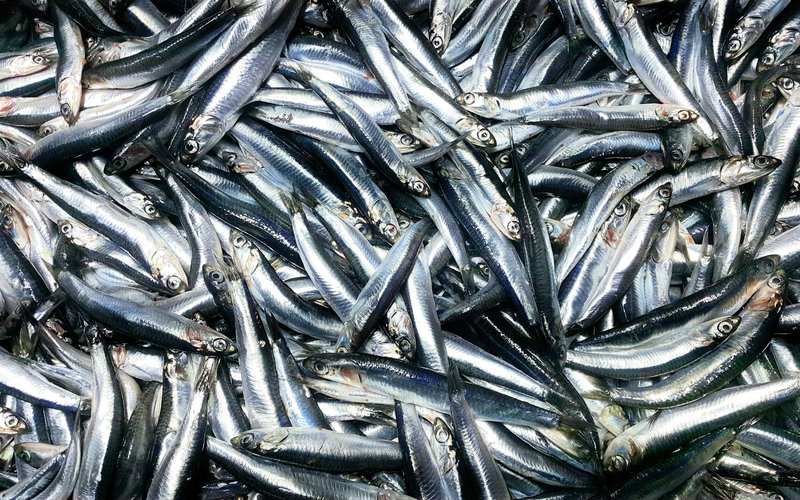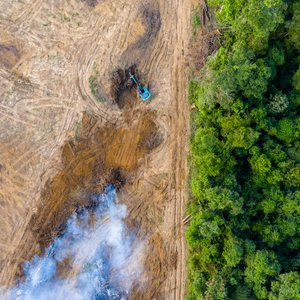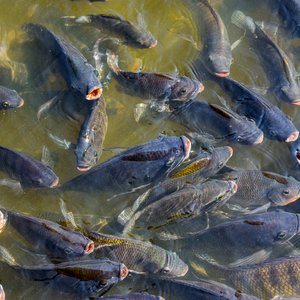The delegations of the Northeast Atlantic coastal states – the EU, Iceland, the Faroe Islands, Greenland, Norway and the UK – have reached a so-called agreement on how much mackerel, Atlanto-Scandian herring and blue whiting can be fished in 2024.
The six states (excluding Russia) agreed that the total allowable catch (TAC) for all three stocks in 2024 will be set in line with the most recent advice from the International Council for the Exploration of the Sea (ICES), issued in September. The agreement was formally ratified by the North East Atlantic Fisheries Commission (NEAFC) last week.
For Northeast Atlantic mackerel, coastal states agreed to set the TAC at 739,386 tonnes, in line with ICES advice. This is 5% lower than the TAC agreed for 2023.
For blue whiting, the TAC was set at 1,529,754 tonnes, in line with the ICES advice. This corresponds to a 12.5% increase compared to the TAC set for 2023.
For Atlanto-Scandian herring, the TAC was agreed at 390,010 tonnes, again in line with ICES advice. This represents a sharp decrease of 24% compared to the 2023 TAC.
Despite these agreements, the parties have not yet decided how these final quotas will be shared amongst them. Instead, they’ve chosen to defer these discussions until the new year.
“This comes too late, with the talks taking place only after the fishing seasons for these stocks have commenced, leaving the fate of these fragile species at risk,” the North Atlantic Pelagic Advocacy Group (NAPA) said in a statement. “The sharing of quotas has been a major sticking point in the negotiations for more than a decade, most notably for Northeast Atlantic mackerel – one of Europe's most valuable, and now political, fish stocks. Agreements on mackerel quota shares broke down in March when the coastal states spectacularly failed to meet their own deadline to agree on sustainable catch shares.”
“The quota sharing conundrum is a constant thorn in the side,” said NAPA project lead, Neil Auchterlonie. “Setting the TACs for all three stocks in line with ICES advice in 2024 is undoubtedly a positive move – it represents progress in meeting key objectives of NAPA’s trailblazing, policy-based Fishery Improvement Projects as it is a step towards ensuring that robust harvest strategies are adopted and implemented. Setting TACs in line with scientific advice is a cornerstone of this approach. However, we have been here many times before. Agreements at this stage are no guarantee that the coastal states will stick to sustainable catch limits when it comes down to it.”
The coastal states are soon to embark on a series of international negotiations and sharing discussions in the new year, making January a crunch time for this ongoing political debate over the sharing of fish stocks.
“These talks will be critical,” commented Mike Mitchell, NAPA co-founder and director of Fair Seas Limited. “The countries involved must work collaboratively to ensure the sum of quota shares stays within the bounds of ICES advice. Failure to do so could jeopardize the long-term sustainability and even the survival of these stocks, the wider marine ecosystem, and the business interests of NAPA Partners. The hard work starts now.”










